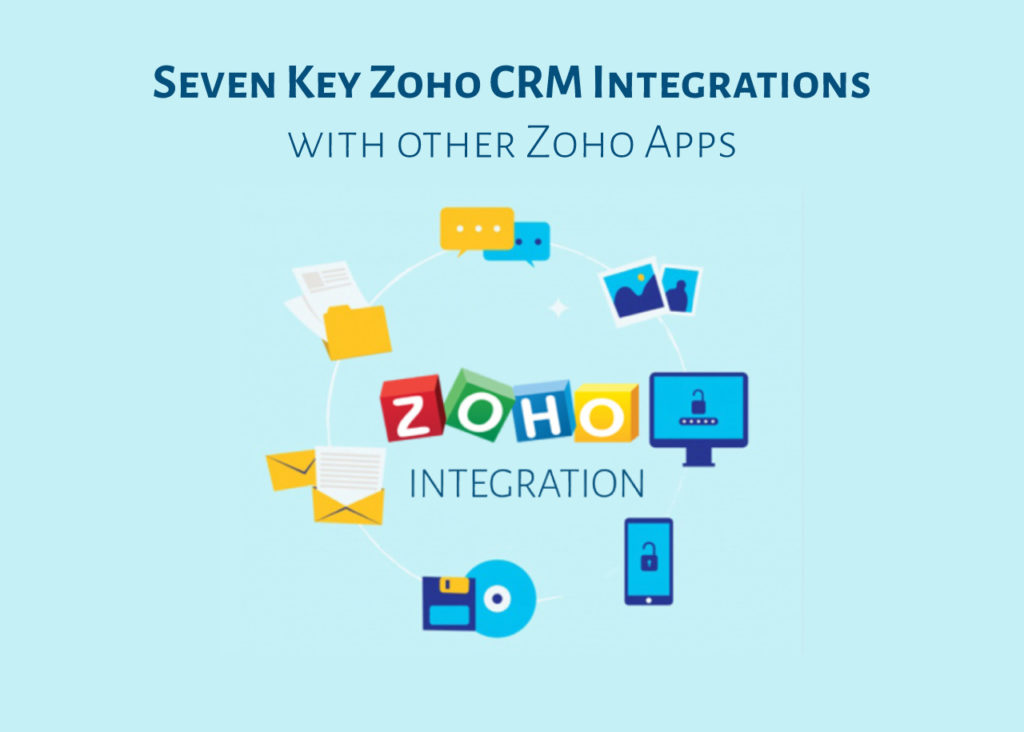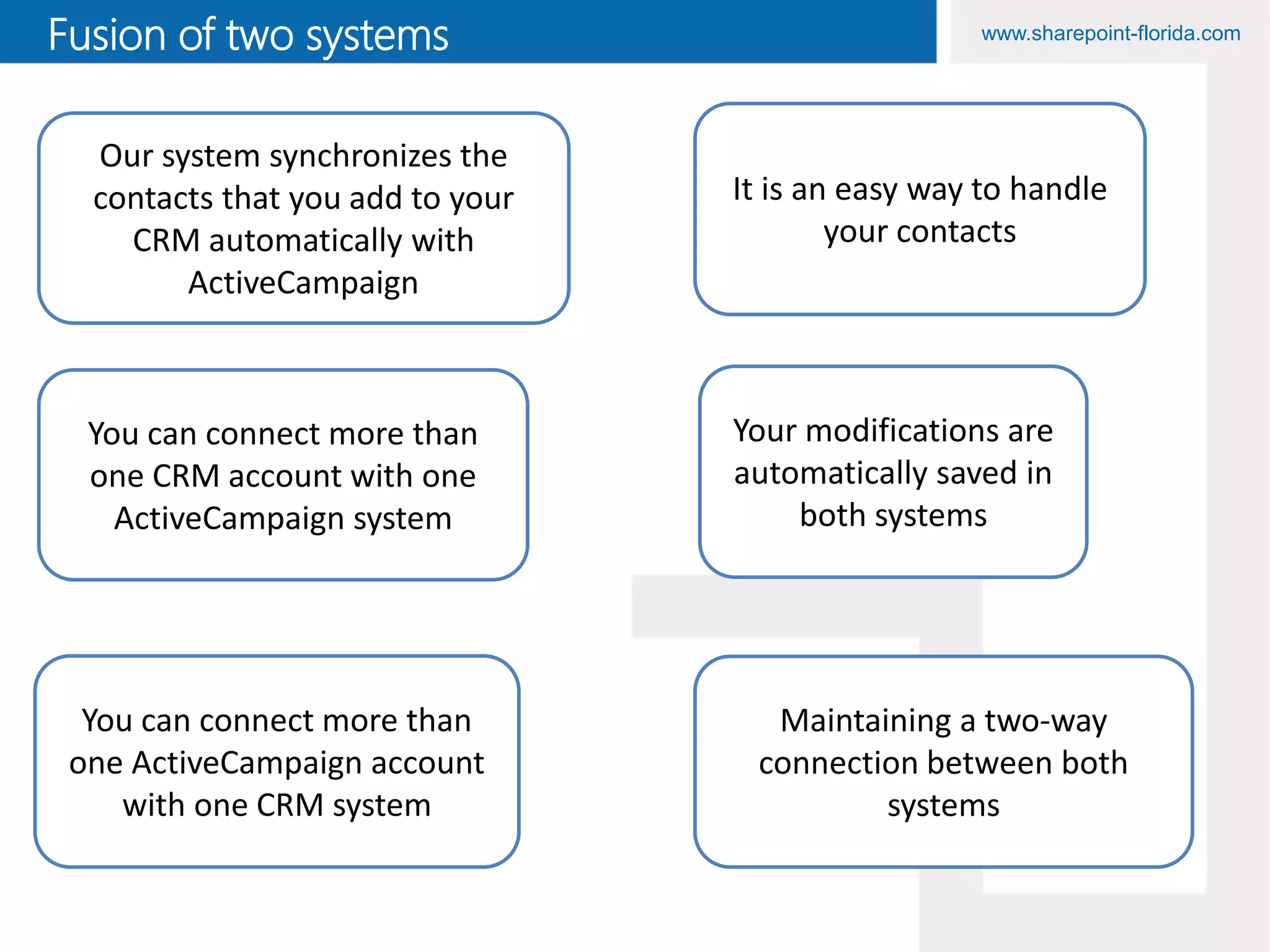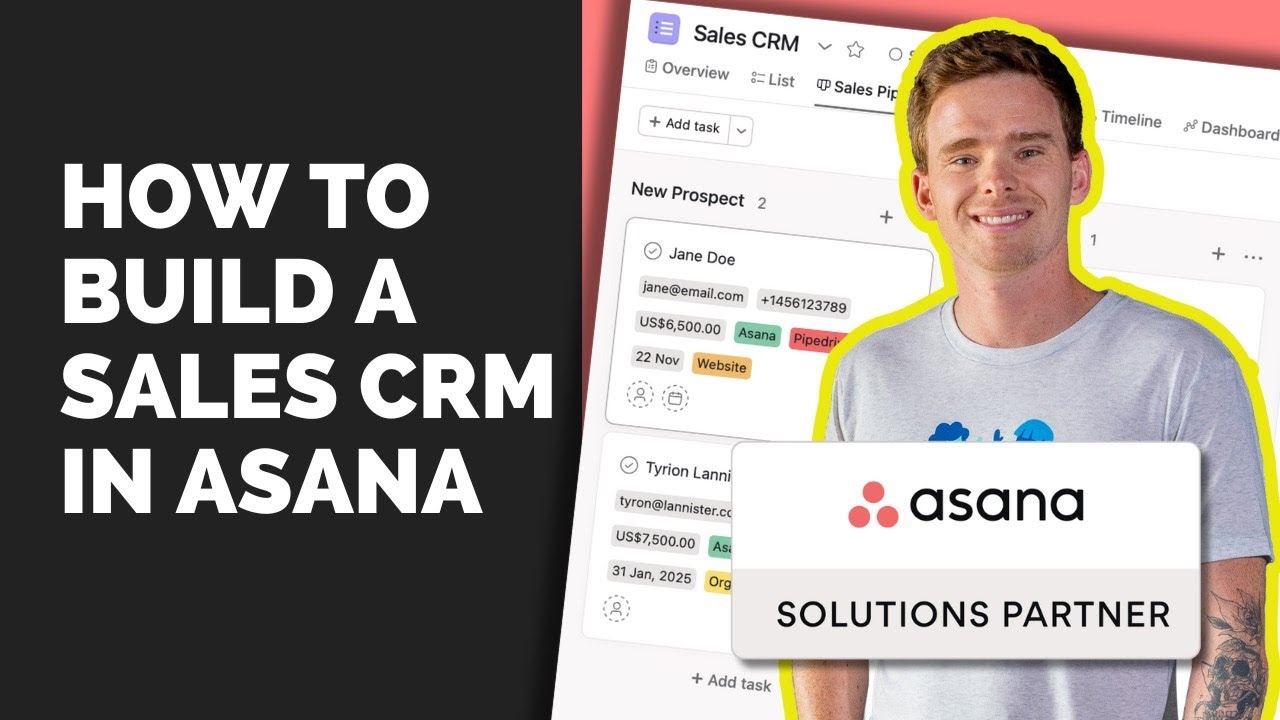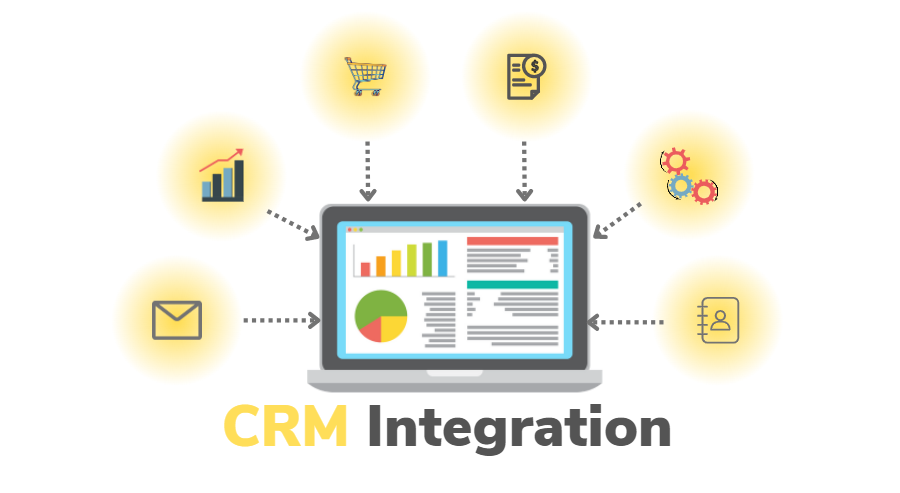
Seamless Workflow: Mastering CRM Integration with Zoho Projects
In the fast-paced world of business, efficiency is the name of the game. Businesses are constantly seeking ways to streamline operations, improve collaboration, and ultimately, boost their bottom line. One of the most powerful ways to achieve this is through the integration of Customer Relationship Management (CRM) systems and project management software. This article delves deep into the integration of CRM systems with Zoho Projects, exploring the benefits, the implementation process, and best practices to help you harness the full potential of this dynamic duo. We’ll uncover how this powerful combination can transform your business, bringing together sales, marketing, and project execution under one unified umbrella.
Understanding the Power of Integration
Before we dive into the specifics of integrating Zoho Projects with a CRM, let’s first understand why this integration is so crucial. In a typical business scenario, different departments often operate in silos. Sales teams manage customer interactions and track leads, while project management teams handle the execution of projects. This separation can lead to communication breakdowns, data inconsistencies, and missed opportunities. Integration bridges these gaps, creating a unified view of the customer and the projects related to them.
Imagine a scenario where a sales team closes a deal. Without integration, the project team might not be immediately aware of this new opportunity. They might have to wait for the information to be manually transferred, leading to delays and potential errors. With integration, the project team is automatically notified, and the project can be initiated promptly. This proactive approach reduces the time it takes to launch a project and improves overall customer satisfaction.
Benefits of CRM and Project Management Integration
The advantages of integrating your CRM with project management software like Zoho Projects are numerous. Here are some of the most significant benefits:
- Improved Collaboration: Integration fosters seamless communication between sales, marketing, and project teams. Everyone has access to the same information, reducing misunderstandings and improving teamwork.
- Enhanced Customer Experience: By having a 360-degree view of the customer, you can provide personalized service and tailor your projects to their specific needs. This leads to increased customer satisfaction and loyalty.
- Increased Efficiency: Automation of data transfer and task management frees up valuable time, allowing your teams to focus on more strategic initiatives.
- Reduced Data Errors: Manual data entry is prone to errors. Integration eliminates the need for manual data transfer, ensuring data accuracy and consistency.
- Better Decision-Making: With real-time data and insights, you can make informed decisions based on a complete understanding of your customers and projects.
- Improved Sales Cycle: Integration allows for a smoother handoff from sales to project teams, shortening the sales cycle and accelerating project initiation.
- Enhanced Project Visibility: Project managers can easily access customer information and project-related sales data, providing a complete picture of the project’s context.
Why Choose Zoho Projects?
Zoho Projects is a powerful project management software that offers a wide range of features to help businesses of all sizes manage their projects efficiently. It’s known for its user-friendly interface, robust feature set, and competitive pricing. But what makes Zoho Projects particularly attractive for CRM integration?
- Native Integration: Zoho Projects is part of the Zoho suite of applications, which includes Zoho CRM. This means that the integration between the two platforms is seamless and straightforward.
- Comprehensive Features: Zoho Projects offers all the essential features needed for project management, including task management, time tracking, reporting, and collaboration tools.
- Customization Options: You can customize Zoho Projects to fit your specific business needs, including custom fields, workflows, and reports.
- Scalability: Zoho Projects can scale with your business, accommodating your growing needs as you expand.
- Affordable Pricing: Zoho Projects offers various pricing plans to suit different budgets, making it accessible for businesses of all sizes.
The Integration Process: Step-by-Step Guide
Integrating Zoho Projects with your CRM, particularly Zoho CRM, is a relatively straightforward process. Here’s a step-by-step guide to get you started:
1. Access Zoho CRM and Zoho Projects
Ensure you have active accounts for both Zoho CRM and Zoho Projects. If you don’t already have them, you’ll need to sign up for accounts on the Zoho website. If you are already a Zoho One user, you should already have access to both platforms.
2. Navigate to the Integration Settings
Within Zoho CRM, go to the Setup area. This is usually found in the top right corner, often represented by a gear icon. From there, look for the Integrations section, or a similar option that allows you to connect to other Zoho apps. In Zoho Projects, you may find a similar Setup or Settings area where you can initiate integrations.
3. Initiate the Connection
In the Integrations section, you should find an option to connect to Zoho Projects. Click on it to start the integration process. This typically involves authorizing the connection, which means you’ll need to log in to both your Zoho CRM and Zoho Projects accounts to grant permission for the two platforms to communicate with each other.
4. Configure the Integration
Once the connection is established, you’ll need to configure the integration. This involves mapping the data fields between the two platforms. For example, you might want to map the customer’s name and contact information from Zoho CRM to the project details in Zoho Projects. You can also define which actions in Zoho CRM trigger specific actions in Zoho Projects, such as creating a new project when a deal is won.
5. Test the Integration
After configuring the integration, it’s crucial to test it thoroughly. Create a test record in Zoho CRM and see if it automatically creates a corresponding project in Zoho Projects. Verify that the data is transferred correctly and that the workflows are functioning as expected. This is a critical step to identify and resolve any issues before you start relying on the integration for your day-to-day operations.
6. Customize and Refine
The initial setup is just the beginning. You can further customize the integration to meet your specific business requirements. Explore the available options for workflows, automation, and data mapping to optimize the flow of information between the two platforms. Regularly review the integration to ensure it’s still meeting your needs and make adjustments as your business evolves.
Key Features to Leverage in the Integration
Once the integration is set up, it’s time to explore the key features that can transform your workflow. Here are some critical functionalities to leverage:
1. Contact and Lead Synchronization
Ensure that contact and lead information from Zoho CRM is automatically synchronized with Zoho Projects. This allows project managers to access crucial customer details directly within the project management platform. This eliminates the need for manual data entry and reduces the risk of errors.
2. Deal-to-Project Conversion
Configure the system to automatically create a new project in Zoho Projects when a deal is won in Zoho CRM. This automation ensures that projects are initiated promptly and that the project team is immediately aware of new opportunities. Define the project template that should be used, assign tasks to the relevant team members, and set the project start and end dates based on the deal details.
3. Project-Specific CRM Data Access
Allow project managers to access relevant CRM data directly within Zoho Projects. This might include customer contact information, deal details, and past interactions. This provides project managers with a complete understanding of the customer and the context of the project.
4. Task and Time Tracking
Enable project team members to track their time spent on tasks directly within Zoho Projects. This data can then be synchronized with Zoho CRM to provide insights into project profitability and resource allocation. This is particularly useful for projects where time and materials are billed to the customer.
5. Reporting and Analytics
Generate comprehensive reports that combine data from both Zoho CRM and Zoho Projects. This allows you to track key performance indicators (KPIs), identify trends, and make data-driven decisions. For example, you can track the time spent on projects for each customer, the profitability of each project, and the overall customer satisfaction levels.
Best Practices for Successful Integration
While the integration process is relatively straightforward, there are some best practices you should follow to ensure its success:
1. Plan Your Integration Strategy
Before you start the integration process, take the time to plan your strategy. Identify your specific business needs and goals. Determine which data you need to synchronize and which workflows you want to automate. This will help you configure the integration effectively and maximize its benefits.
2. Start Small and Test Thoroughly
Don’t try to integrate everything at once. Start with a few key features and workflows, and test them thoroughly before expanding the integration. This will help you identify and resolve any issues early on and minimize the impact on your business operations.
3. Define Clear Data Mapping
Pay close attention to data mapping during the configuration process. Ensure that the data fields are mapped correctly between the two platforms. This will prevent data inconsistencies and ensure that the information flows seamlessly between the two systems.
4. Train Your Team
Provide adequate training to your teams on how to use the integrated system. Ensure that everyone understands how to access and utilize the data from both Zoho CRM and Zoho Projects. Proper training will help maximize the adoption of the integrated system and its benefits.
5. Monitor and Optimize
Once the integration is live, monitor its performance regularly. Identify any issues or areas for improvement. Make adjustments to the configuration as needed to optimize the flow of information and ensure that the integration continues to meet your business needs.
6. Keep Your Systems Updated
Ensure that both your Zoho CRM and Zoho Projects systems are always up to date. Regular updates often include performance improvements, security patches, and new features that can enhance the integration. Keeping your systems current also ensures compatibility and avoids potential issues.
Real-World Examples of Successful Integration
To truly grasp the power of CRM and project management integration, let’s explore some real-world examples:
1. Sales and Marketing Alignment
A marketing agency uses Zoho CRM to manage leads and track marketing campaigns. When a lead becomes a customer, the sales team closes the deal. The integration automatically creates a new project in Zoho Projects, assigning tasks for project initiation, such as onboarding, website development, or campaign implementation. Project managers can access all relevant customer information directly within Zoho Projects, ensuring a smooth transition and excellent customer service.
2. Streamlined Service Delivery
A software development company uses Zoho CRM to manage customer support requests. When a customer submits a support ticket, the integration automatically creates a corresponding task in Zoho Projects. Project managers can track the progress of the support ticket, assign tasks to developers, and communicate with the customer directly from Zoho Projects. This streamlines the service delivery process and improves customer satisfaction.
3. Improved Project Profitability
A construction company uses Zoho CRM to manage sales and Zoho Projects for project execution. The integration allows them to track time and expenses related to each project. By comparing the actual costs to the estimated costs in Zoho CRM, they can identify projects that are over budget and take corrective action. This helps them improve project profitability and make more informed decisions.
Troubleshooting Common Integration Issues
While the integration process is generally smooth, you might encounter some common issues. Here’s how to troubleshoot them:
1. Data Synchronization Errors
If data isn’t synchronizing correctly, double-check the data mapping settings. Ensure that the fields are correctly matched between Zoho CRM and Zoho Projects. Also, verify that the integration has the necessary permissions to access and modify data in both systems. Sometimes, a minor glitch can be resolved by simply re-authorizing the integration.
2. Workflow Problems
If workflows aren’t triggering as expected, review the workflow rules in both Zoho CRM and Zoho Projects. Make sure the triggers and actions are configured correctly. Also, ensure that the integration has the necessary permissions to execute the workflows. A common cause can be incorrect trigger conditions; double-check the trigger criteria to ensure they are aligned with your intent.
3. Connection Errors
If you’re experiencing connection errors, verify that both Zoho CRM and Zoho Projects are accessible and that you have a stable internet connection. Also, make sure that the integration is still authorized and that your login credentials are correct. Sometimes, a simple restart of your browser or a clearing of your cache can resolve these issues.
4. Performance Issues
If the integration is slowing down your systems, try optimizing the data synchronization settings. Limit the amount of data that is synchronized and optimize the frequency of data synchronization. You may also want to review the complexity of the workflows and simplify them if possible. Consider the number of API calls being made; if the limit is being reached, this can cause delays.
Future Trends in CRM and Project Management Integration
The future of CRM and project management integration is bright, with new trends emerging to enhance efficiency and collaboration:
1. AI-Powered Automation
Artificial intelligence (AI) is poised to revolutionize the integration landscape. AI-powered automation can intelligently suggest tasks, predict project timelines, and even automate customer interactions. Imagine AI analyzing customer data to proactively suggest project enhancements or identify potential issues before they arise.
2. Enhanced Mobile Integration
With the increasing use of mobile devices, seamless mobile integration is becoming increasingly important. Future integrations will offer enhanced mobile access, allowing users to access and manage projects from anywhere, at any time. This will empower remote teams and improve responsiveness.
3. Deeper Data Analytics
Advanced data analytics will provide deeper insights into project performance and customer behavior. Integrations will leverage data from both CRM and project management systems to create more sophisticated reports and dashboards. This will enable businesses to make more data-driven decisions and optimize their operations.
4. Integrations with Emerging Technologies
Expect to see integrations with emerging technologies such as the Internet of Things (IoT) and blockchain. For example, IoT devices could provide real-time data on project progress, while blockchain could enhance data security and transparency. This will create new opportunities for businesses to innovate and improve their processes.
Conclusion: Embrace the Power of Integration
Integrating your CRM system with Zoho Projects is a strategic move that can significantly improve your business’s efficiency, collaboration, and customer satisfaction. By following the steps outlined in this article and adopting the best practices, you can successfully integrate these two powerful platforms and unlock their full potential. Embrace the power of integration and transform your business for the better.


